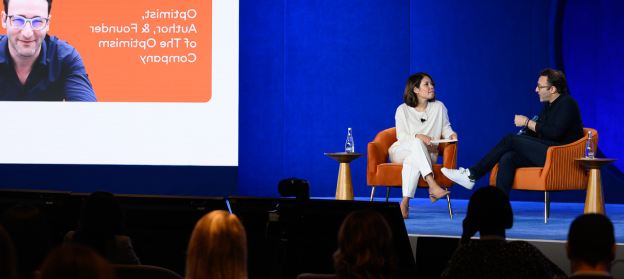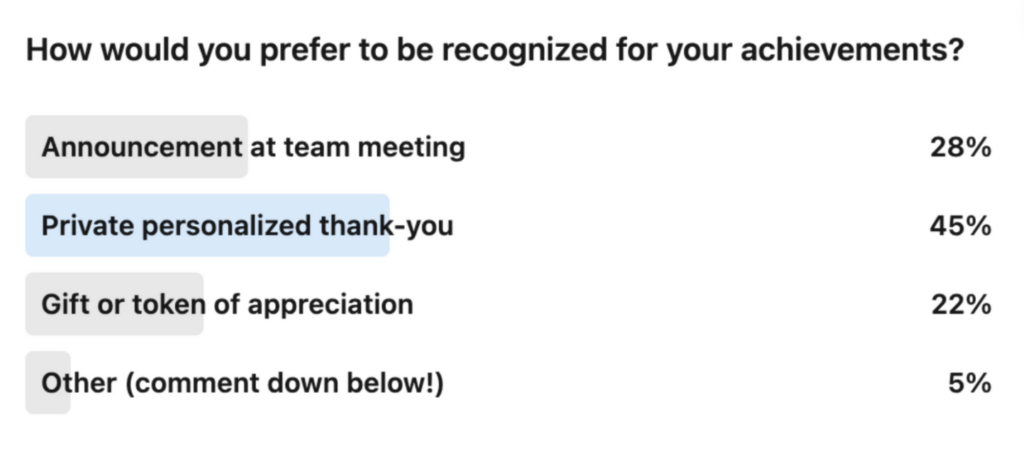We all know that speaking up in the workplace can be daunting, but advocating for ourselves is not just beneficial. It’s essential.
Whether it’s handling tough conversations, resisting unreasonable demands, or ensuring our efforts are acknowledged and valued, standing up for ourselves is crucial. This is particularly true for women as, according to a recent Indeed survey, a staggering 70% of female employees recognize the need to develop self-advocacy skills—yet only 30% feel prepared to do so effectively.
For any type of sustained professional growth or personal well-being, we have to be willing to effectively advocate for ourselves… The tricky bit is just knowing how to do it.
Enter Rachel Druckenmiller, CEO of UNMUTED, and Optimist Instructor who teaches “Speak Up: Be Your Own Self Advocate at Work”. No matter your personality type or experience level, she has an easy and impactful technique that you can use to become a more effective advocate for yourself at work.
Rachel’s secret to becoming a more assertive self-advocate is to identify and eliminate your “energy vampires.” She says:
“Identify the parts of your day that are disproportionately exhausting relative to their value to your role or the organization.”
Rachel Druckenmiller, CEO of Unmuted
Here’s how:
A Step-by-Step Guide to Eliminating Our Energy Vampires
- 1. List Your Tasks:
Start by jotting down every task you handle regularly. Include everything, no matter how minor or infrequent it may seem.
- 2. Assess Energy Impact:
Next to each task, mark whether it’s an energy drainer or an energy booster. Be brutally honest about how each task affects you. Rachel says, “Brutal honesty is crucial in identifying the vampires—those tasks, processes, or even people who significantly sap your motivation, joy, and energy.”


- 4. Create an Action Plan:
For each vampire task identified, determine whether you can eliminate it, schedule it less frequently, or delegate it. This step involves removing the task, finding a less frequent timetable for it, or handing it off to someone else who is better suited to take it on.
- 5. Communicate Your Needs:
With this analysis in hand, prepare a detailed proposal for your manager that outlines how redistributing these tasks will allow you to concentrate on areas where you can deliver the most value. Emphasize how this realignment benefits not just your well-being but also the productivity and outcomes of your team. Adopting a “solution-oriented” rather than a “problem-oriented” approach is key.
- 3. Categorize Your Tasks:
Decide which tasks are critical and align with your job requirements and which could be shifted to others. This might include automating repetitive administrative duties or delegating them to an intern, or perhaps reducing your attendance at less critical meetings. Rachel says,
“Pinpoint the tasks that drain your energy and devise strategies to minimize or remove them from your responsibilities.”
Rachel Druckenmiller, CEO of Unmuted
Here’s how to frame it:
Solution-Oriented: “After analyzing the return on investment of my direct efforts, it’s clear that when I engage in TASK X, we see a measurable improvement across various metrics. If I could focus more on TASK X, I believe we could further enhance our organizational performance. I am eager to expand my involvement with TASK X, but I find that TASK Y and Z are limiting our potential. I propose we adjust our approach accordingly.”
Problem-Oriented: “ “I don’t want to do this. It is a time-suck that is beneath my skills and experience level.”
By identifying tasks that do not leverage our unique skills and proposing thoughtful, strategic changes, we can significantly improve organizational effectiveness. More often than not, our bosses will thank us for it.
For the full class and more advice, check out The Optimism Library













